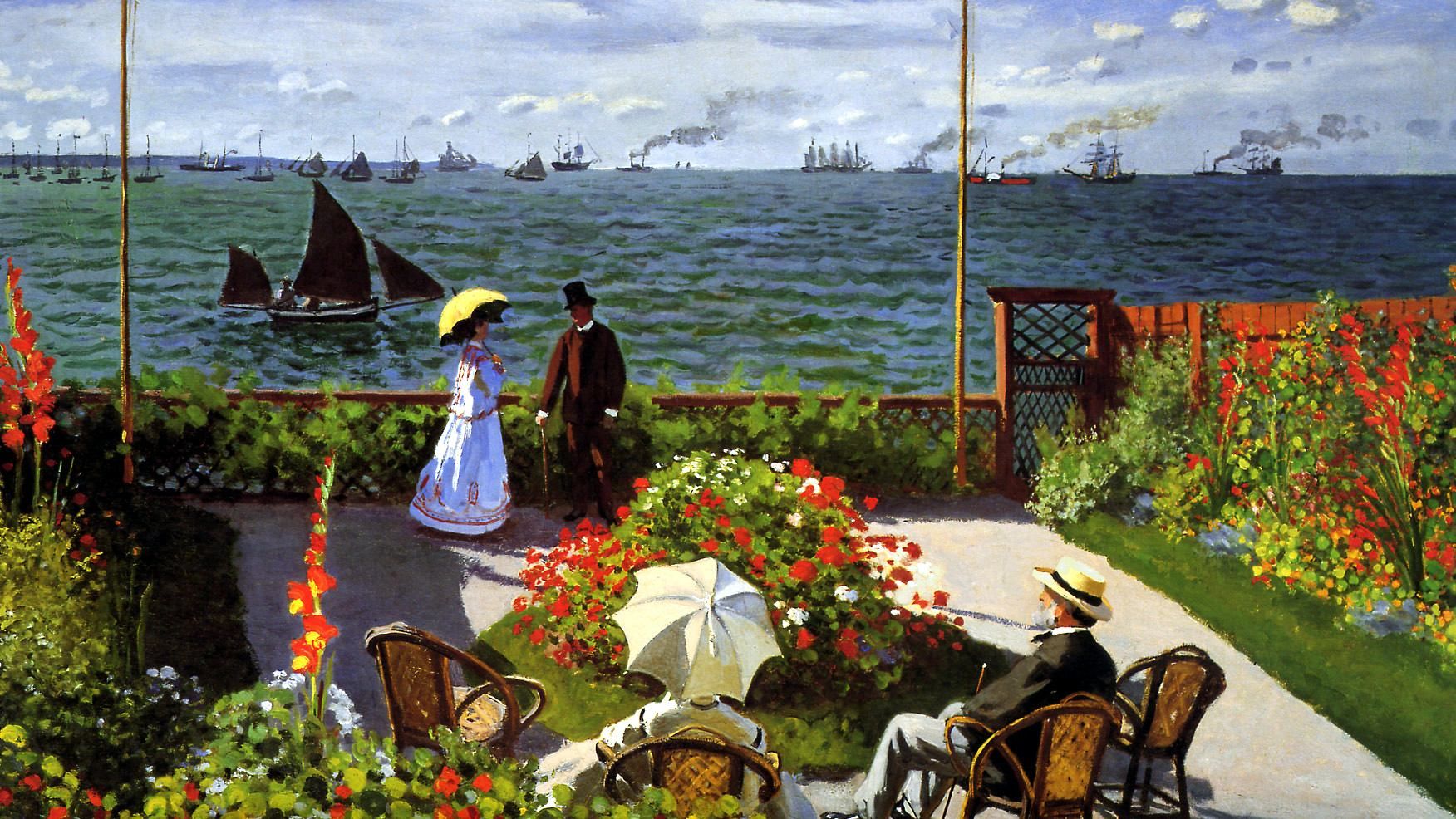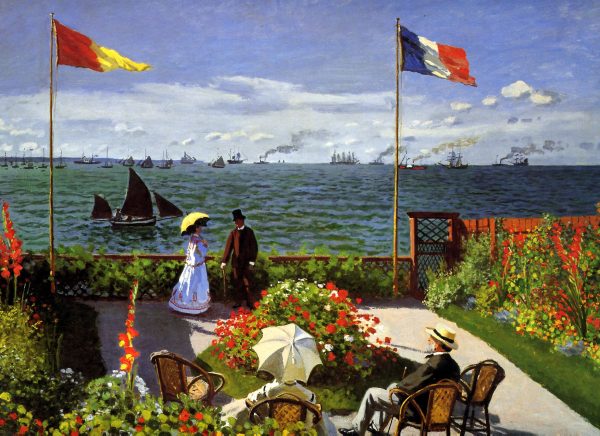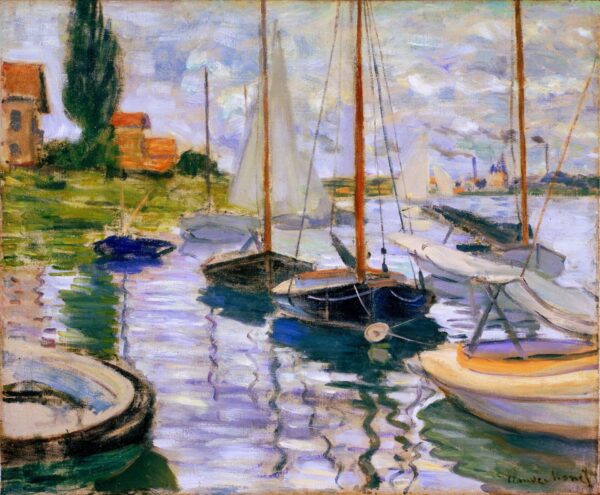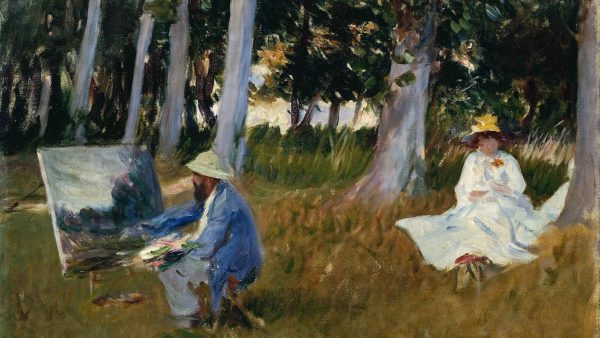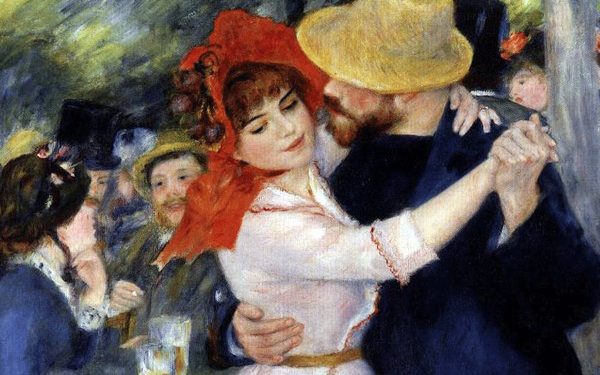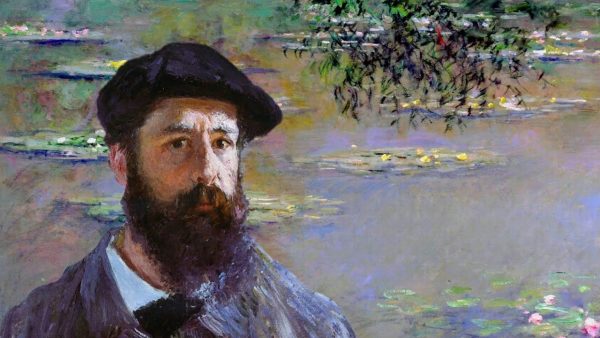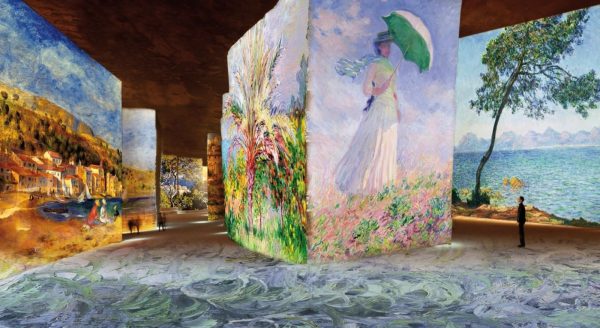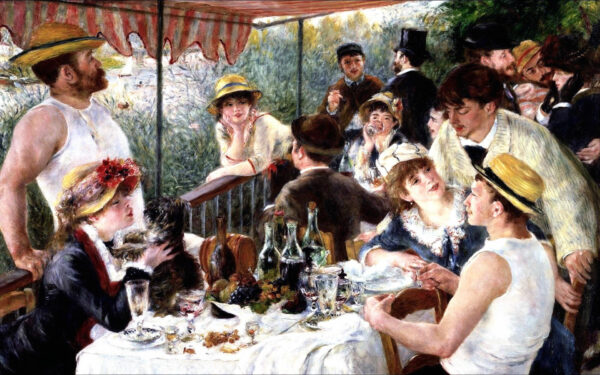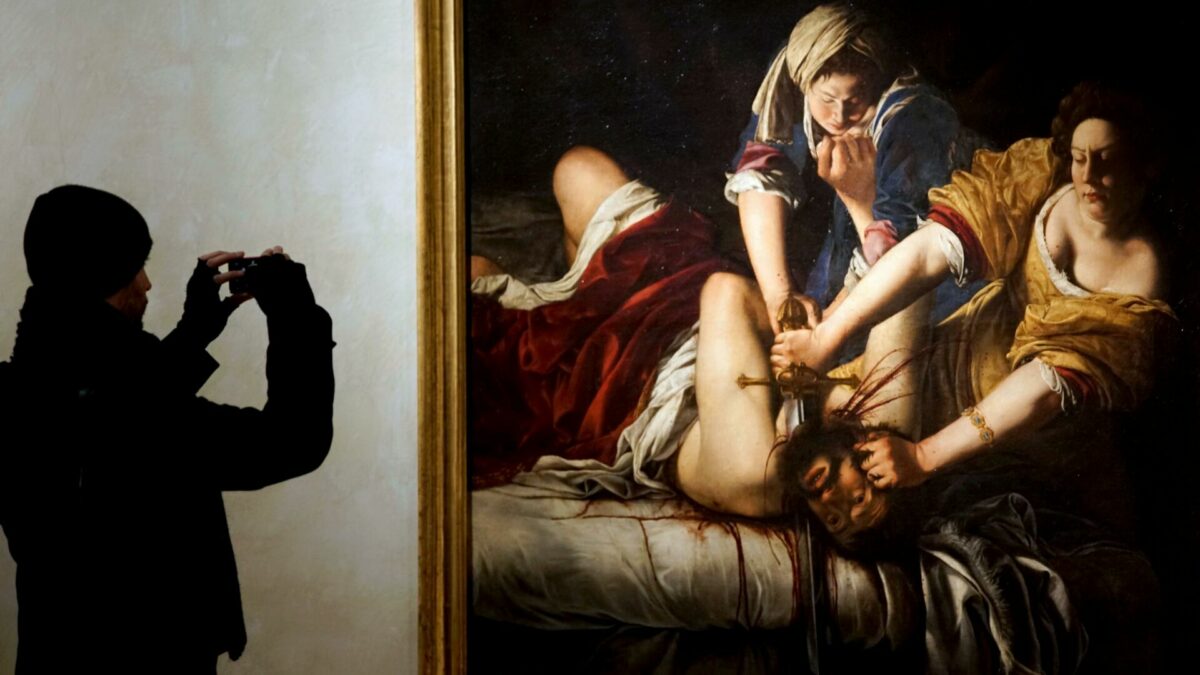Blog
From Monet to Renoir: The Masters of Impressionism and their Legacy
Introduction to Impressionism: A Brief History of the Art Movement
Impressionism is an art movement that originated in France in the late 19th century. It is characterized by its emphasis on capturing the fleeting effects of light and color in nature. The Impressionists sought to break away from the traditional academic style of painting, which emphasized realism and idealization, and instead focused on capturing the sensory experience of the moment.
The term “Impressionism” was coined by the art critic Louis Leroy in 1874, in response to an exhibition of paintings by a group of artists that included Claude Monet, Pierre-Auguste Renoir, and Edgar Degas. Leroy used the term as a derogatory label, mocking the artists for their loose brushwork and unconventional subject matter.
Despite this initial criticism, Impressionism quickly gained popularity among artists and collectors. The Impressionists held their own exhibitions, separate from the official Salon exhibitions, and their work was eagerly sought after by collectors. Today, Impressionism is considered one of the most important art movements of the modern era.
The Masters of Impressionism: Monet, Renoir, and their Contemporaries
Claude Monet and Pierre-Auguste Renoir are two of the most famous Impressionist painters. Monet is known for his series of paintings of water lilies, haystacks, and the Rouen Cathedral, while Renoir is known for his portraits of women and scenes of everyday life.
Other notable Impressionist painters include Edgar Degas, who is known for his depictions of ballet dancers and horse racing, and Camille Pissarro, who painted landscapes and rural scenes. Mary Cassatt, an American painter who lived in France, is also considered an Impressionist and is known for her portraits of women and children.
The Impressionists were united by their desire to capture the sensory experience of the moment. They used loose brushwork and bright, vibrant colors to create paintings that were full of movement and energy. They often painted outdoors, en plein air, to capture the changing effects of light and color in nature.
The Legacy of Impressionism: Influence on Modern Art and Culture
The Impressionists had a profound influence on modern art and culture. Their emphasis on capturing the sensory experience of the moment paved the way for later art movements, such as Fauvism and Expressionism, which also sought to capture the emotional and psychological experience of the moment.
The Impressionists also had a significant impact on the development of photography. The invention of the camera in the mid-19th century had a profound impact on the art world, as artists began to experiment with new ways of seeing and representing the world. The Impressionists, with their emphasis on capturing the fleeting effects of light and color, were particularly interested in the possibilities of photography.
In addition to their influence on art, the Impressionists also had a significant impact on popular culture. Their paintings of everyday life and scenes of leisure helped to democratize art, making it accessible to a wider audience. They also helped to redefine the role of the artist, from a craftsman who produced works for the church or the aristocracy, to a creative individual who could express their own unique vision of the world.
In conclusion, the Impressionists, with their emphasis on capturing the sensory experience of the moment, revolutionized the art world and had a profound impact on modern art and culture. Their legacy can be seen in the work of later artists, as well as in popular culture, where their paintings continue to inspire and captivate audiences around the world.

